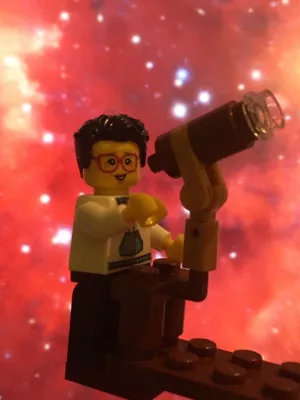
Henrik Hartman
Researcher (Leave of Absence)

CRIRES-POP : A library of high resolution spectra in the near-infrared: II. Data reduction and the spectrum of the K giant 10 Leonis
Author
Summary, in English
Context. High resolution stellar spectral atlases are valuable resources to astronomy. They are rare in the 1-5 μm region for historical reasons, but once available, high resolution atlases in this part of the spectrum will aid the study of a wide range of astrophysical phenomena. Aims. The aim of the CRIRES-POP project is to produce a high resolution near-infrared spectral library of stars across the H-R diagram. The aim of this paper is to present the fully reduced spectrum of the K giant 10 Leo that will form the basis of the first atlas within the CRIRES-POP library, to provide a full description of the data reduction processes involved, and to provide an update on the CRIRES-POP project. Methods. All CRIRES-POP targets were observed with almost 200 different observational settings of CRIRES on the ESO Very Large Telescope, resulting in a basically complete coverage of its spectral range as accessible from the ground. We reduced the spectra of 10 Leo with the CRIRES pipeline, corrected the wavelength solution and removed telluric absorption with Molecfit, then resampled the spectra to a common wavelength scale, shifted them to rest wavelengths, flux normalised, and median combined them into one final data product. Results. We present the fully reduced, high resolution, near-infrared spectrum of 10 Leo. This is also the first complete spectrum from the CRIRES instrument. The spectrum is available online. Conclusions. The first CRIRES-POP spectrum has exceeded our quality expectations and will form the centre of a state-of-the-art stellar atlas. This first CRIRES-POP atlas will soon be available, and further atlases will follow. All CRIRES-POP data products will be freely and publicly available online.
Department/s
- Lund Observatory - Has been reorganised
Publishing year
2017-02-01
Language
English
Publication/Series
Astronomy and Astrophysics
Volume
598
Document type
Journal article
Publisher
EDP Sciences
Topic
- Astronomy, Astrophysics and Cosmology
Keywords
- Atlases
- Atmospheric effects
- Infrared: stars
- Stars: atmospheres
- Stars: late-type
- Techniques: spectroscopic
Status
Published
ISBN/ISSN/Other
- ISSN: 0004-6361

